- the article presents an explanation of common tone mapping issues, comparing multiple local tone mapping solutions
- discusses the Exposure fusion technique in detail
- the technique combines multiple exposed images with varying radii based on the frequency changes in the image
- present a WebGL demo implementation of the technique

- the presentation talks about techniques to use VRS (Variable Rate Shading) to reduce the cost of lighting calculations for deferred shading
- presents implementation details for PC/Series X and presents performance comparisons of the techniques
- additionally introduces a technique to reduce block artifacts
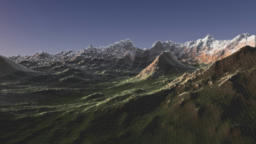
- the presentations cover the experience of implementing VRS into Doom Eternal and Gears5
- contains lessons learned, performance expectations as well as implementation details
- additionally covers how VRS performance with UE5 Nanite pipelines
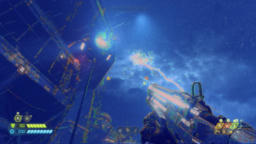
- the article discusses the effect that human perception and images appear different
- presents shortcomings of linear perspective
- shows how different types of focal lengths and perspectives create different effects
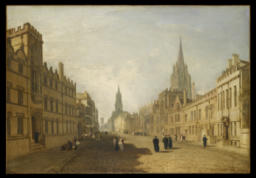
- the article presents a collection of code samples that allow the selection of random samples from a list of items
- shows different cases from known/unknown sizes, weight vs. unweighted sampling
- additionally presents how to combine multiple lists into a coherent sampling strategy
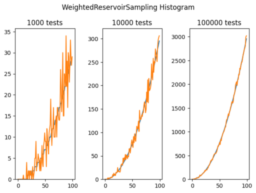
- the paper presents a method for improving the quality of motion blur on dynamic triangulated objects
- it approximates the nonlinear depth, normal, and UV functions
- the adaptive solution is based on prism volume and will adapt based on the motion and features
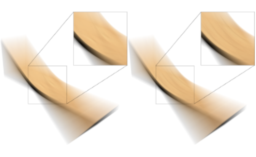
- the article presents Vulkan for Safety-Critical applications
- presents how Vulkan SC 1.0 differes from Vulkan 1.2
- main differences are pipeline lading and more rigid memory allocation requirements
- all pipelines need to be compiled ahead of time into caches. No runtime compilation is allowed
- provides tools to inspect the compiler cache outputs
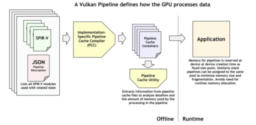
- the video panel discussion presents a look at the VFX development for Dune
- discussions about the processes, improvements and the effects of the sand screen compared against classical blue screen techniques
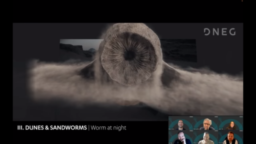
- the article presents a method to uniformly sample floats in the [0, 1) range
- shows how floating-point precision can introduce biasing from integer division
- shows alternative ways that improve the uniformity
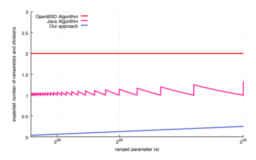
- the video tutorial explains the concepts required for shadow mapping
- explains the foundational concepts, discussing transformations
- presents how to implement shadow mapping using OpenGL
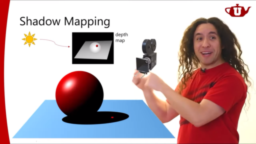
Thanks to Unai Landa for support of this series.
Would you like to see your name here too? Become a Patreon of this series.